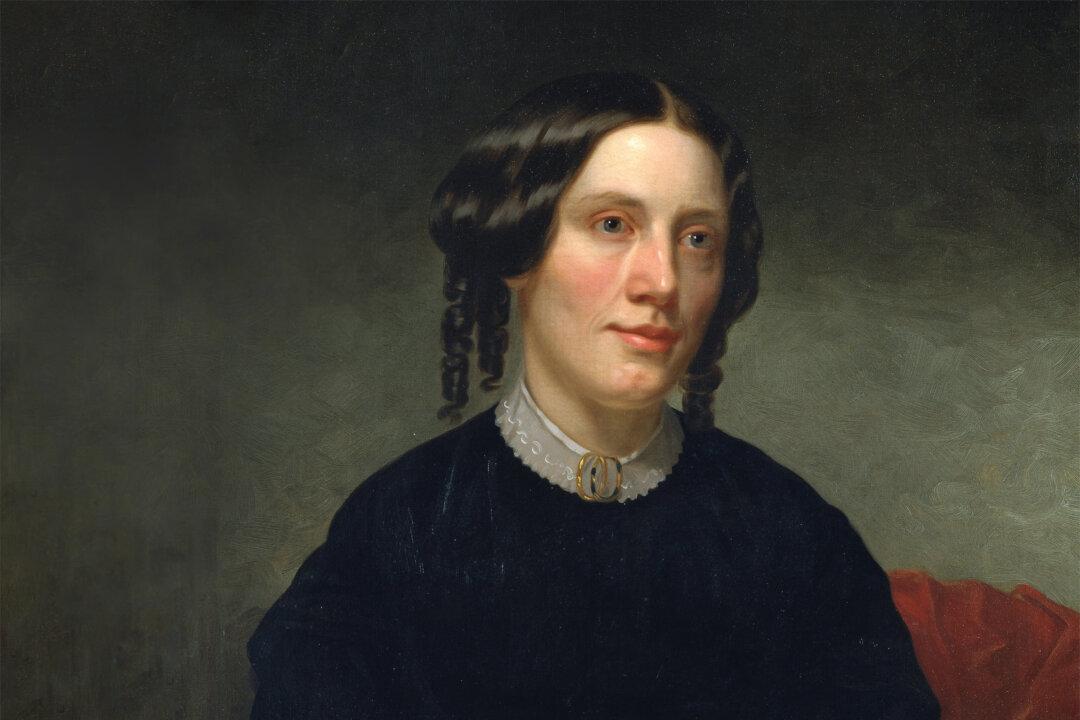In her online article “Nation’s Report Card: Only 15% of Eighth Graders Know Much About U.S. History,” Susan Berry analyzes the recently released National Assessment of Educational Progress (NAEP) on the subjects of history, geography, and civics. Known as the Nation’s Report Card, these NAEP assessments reveal that between 2014 and 2018 the test scores of eighth graders in history and geography once again declined, and in the case of civics remained stagnant. The vast majority of students failed to reach even proficiency levels in these three subjects.
As Berry reports, U.S. Department of Education Secretary Betsy DeVos pronounced these results “inexcusable,” stating that “America’s antiquated approach to education is creating a generation of future leaders who will not have a foundational understanding of what makes this country exceptional.”






